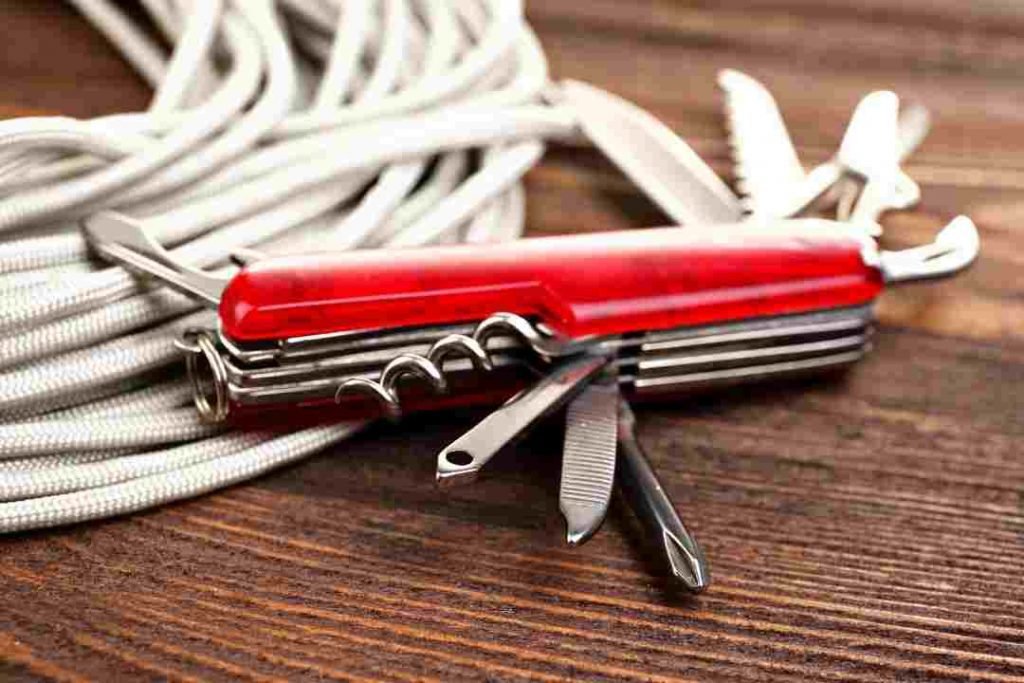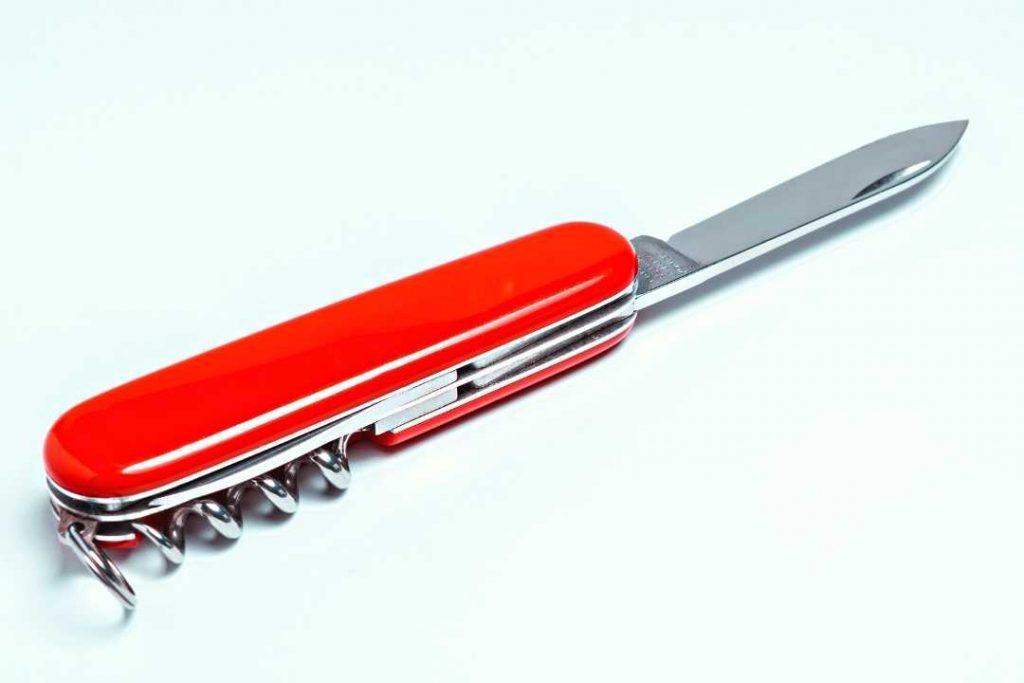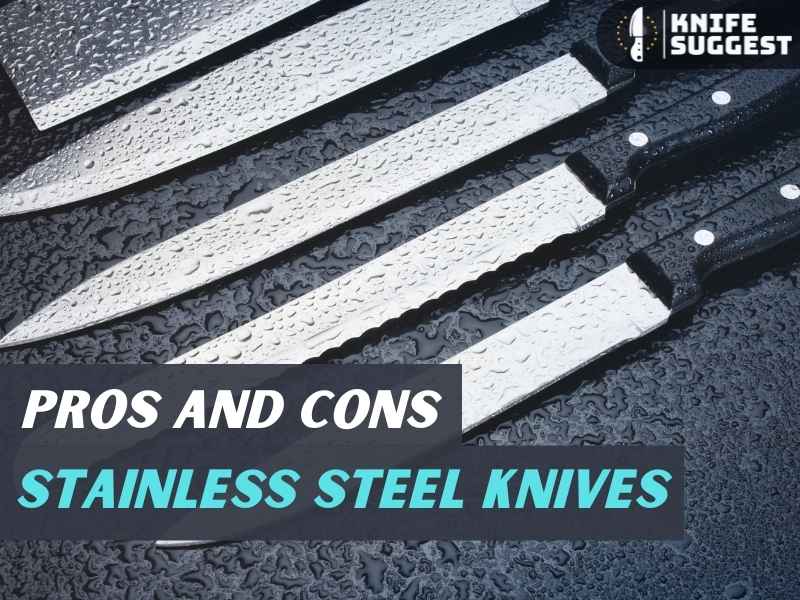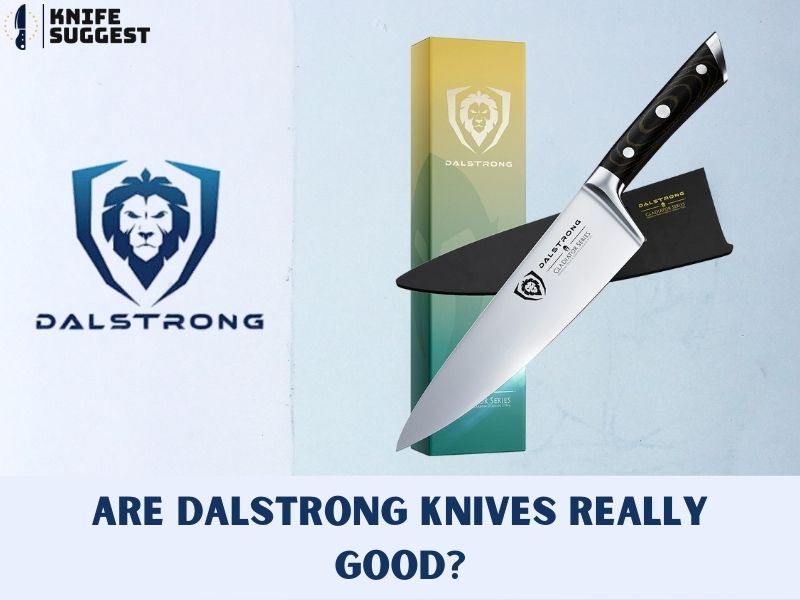You already know how superb the Swiss Army knife. Swiss Army Knife, in short SAK, is one of the best EDC tools of the modern age. Their expertise range from kitchen to surviving in the wild or electronic works, making them useful almost everywhere. They are long-lasting as well.
Great things require good care. Swiss Army Knife is an exception to that. Just clean it once in a year or two. Your knife is all set. Your SAK will get older. But the intensity of your reliability on SAK may instead increase.
As a result, high-quality steel components will show dullness, corrosion signs, scratches, etc.
So how to clean a Swiss Army Knife, SAK? We have found out the best way to do that. We shall let you know everything about cleaning SAK and guide you through the proper process step-by-step.
The Things You Should Avoid
Your dull & dirty SAK is better than you ruin it. So before even touching your knife to wash, know how you can avoid ruining your Victorinox knife:
Avoid using Dishwasher: People tend to make this mistake more often. Victorinox suggests not to put your knife in Dishwasher.
The temperature, cleaning agents, and cleaning salts create an adverse environment for the SAK. There is a good chance that your SAK and its cover will receive damage.
Bleach: The offensive cleaning action of bleach will cause scratches on the blade and hinges. Later, you may find your SAK jamming up. That will be a bothering situation.
Sandpaper: Sandpaper is way too harsh to put on any knife. It will leave a lot of scratches and damage over the blade and the hinge. Some of those scratches will stick to your knife.
Rust Remover and Rubbing Alcohol

In a sentence, no need to use any rust remover over the knife.
The Swiss Army Knife handle is made of Cellidor plastic. When you put Rust Removers there, especially the acidic ones, they will dissolve the plastic structure. Then your knife handle will get creamy, soft, deformed, and damaged with added scratches and dust.
People unknowingly ruin their precious SAK up this way. Later, they cannot help dumping their knife and learn the hard way.
Rubbing Alcohol is just a sort of organic acid. It is just as harmful as other acidic rust removers are.
WD-40
There is a common misunderstanding that this component is harmful to your SAK. But WD-40 is not necessarily that. Instead, you can use WD-40 on your knife. But there are two downsides to using it:
- WD-40 is best for cleaning large metal objects. But It is a thick oil. It can not penetrate well into the intricate, notchy structure of a SAK. So, WD-40 will not serve your SAK as great as its reputation.
- WD-40 is a greaser. It is toxic to the human digestive system. As SAK is an all-rounder, you may need to use the knife on the food; better to stay away from using WD-40.
As you can see, these things are not suitable for cleaning your Victorinox knife. There are some unsolved questions like
“How can I remove rust then?”
“What can be the alternative to WD-40 or Dishwasher?”
After knowing how to clean your Swiss Army Knife, you will learn all your answers. It is time to discuss that.
Assess What Kind of Cleaning or Care Your Sak Needs:

Its your beginning step for starting the cleaning & caring. Judging by your knife’s state, decide how your care measure should be.
Clean your SAK when:
- It gets dusty and dirty
- The smell is odd
- It is Jammed, hard to open
- Catch Rust
- Its contact with Alcohol
- It was in contact with flammable, corrosive, and poisonous components
It would be best if you also cleaned your Victorinox knife before oiling and sharpening.
Sharpen your SAK when:
- It gets dull
- Its blade edge is damaged or decentralized
Oil your SAK when:
- It does not open swiftly
- It makes disgusting sounds while opening
- Preventing from Rust
- It was in contact with chemical components
Replace your SAK parts when:
- It is broken
- You want to add more valuable parts in place of less used parts.
Considering these options will help you determine your clean and care measures. Because of that, you can choose which tools and materials you should have.
What You Require for Cleaning a Swiss Army Knife:

To clean your knife, you will have to gather a few tools & materials. Surprisingly, these things are prevalent.
- Warm Water
- Cleaning Agent
- Clean Rag/Towel
- Oil
- Toothbrush or Paint Brush
- Cotton Bud
- Whetstone (for sharpening)
Keep in note that you should consider a few factors while choosing some of them.
Oil is a must-have for cleaning your knife. Clean the knife, then use Oil afterward. Unless, of course, your knife will start to jam on the opening and Rust fast. When you are selecting an oil for cleaning, keep some aspects of it in concern:
- Food safety
- Water resistance
- Neutral odor
- Long-lasting
- Neutral taste
It is confusing to get this many attributes in one kind of Oil. So, we are giving you a list of some oils you can rely on:
- Camellia Oil
- Blue Lube
- Hoppe’s Oil
- Victorinox Oil (More Costly/Unavailable at this moment)
- Olive Oil (lacks water-resisting ability but ok overall)
Caution: Using the wrong kind of Oil can rust and ruin your knife to an unusable state.
Cleaning Agent
Cleaning agents like dish soap, dishwashing gel wash away the tough dust layer, Oil, and sticky things that you can not wholly wipe with a rag.
Whetstone
To sharpen the dull, damaged edge of your Swiss Army Knife, you need a whetstone. It is pretty easy to use.
But if you are new to using a whetstone, then know more about it because the improper application of your knife may ruin your knife and injure your skin.
Note: If you want to replace any parts, then bring the replacement. Amazon and Ali express sells the replacement tools for the Swiss Army Knife.
Eject Electronic and Removable Tools
Some SAK models come with electronic components such as USB and Flashlight. Also, some other SAK contains tweezers, toothpicks, and removable pens.
It would be best to eject these tools from your SAK before cleaning them. Because when you submerge the SAK into the water, your technical parts will take damage.
If you disassemble it to clean up and replace tools, we suggest you follow instructions from experts.
Remove Dust and Dirt
All your gathered tools and materials are about to get busy from here. We will divide the dust removing process into two segments.
- Dry Cleaning
- and Water Rinsing
Dry Cleaning
Most of the dirt and dust on the surface is easily removable. People mistake submerging the knife into the water at the beginning. This makes them easy to work harder because they have to deal with the surface tension of water.
So dry cleaning comes to take out the grime. To do that:
- Get a toothpick and a cotton bud. The toothbrush you have will be good as well.
- Scrape off the dirt with the toothpick and cotton.
- Wipe with the grime and residue with the rag when needed.
However, do not nail it too much to remove more dirt. When most of the grime is out from the knife and the hinges, this Dry Cleaning objective is achieved.
Water Rinsing
This time, take some water in a bowl where you can submerge the SAK. Mix the dish soap or gel in water. Use warm water in this process. Then soak your knife there for about half an hour.
After that, all the sticky dust and grime will soften. Pick the SAK from the soapy water. Use your brush to rub and scrape all the dirt off.
Now, it is time to rinse the parts thoroughly. You can do it from the sink faucet or a fresh new water bowl.
Do the same to the scale tools as well.
But, if your knife somehow catches Rust, then scrub there using steel wool.
Dry your SAK
After rinsing the SAK well, take a lint-free rag to wipe as much water as possible. Dry external, removable tools and the inside of the knife separately. It is not possible to remove all the water. But the more water you remove, the lesser chance of getting water spots, Rust on your SAK.
After removing as much water as possible, put your knife in a sunny spot or front of a fan. This way, you can dry out the water that remains under the knife’s scales and between the layers.
SHARPEN YOUR SWISS ARMY KNIFE

If you need to sharpen your blades, then sharpen them before oiling. In the case of sharpening, you will find different kinds of sharpening tools in the market. Mostly known them are:
- Whetstone
- Handheld Sharpener
- Electronic Sharpener
- Honing Steel
- Sandpaper
If you are a starter and less experienced in sharpening, then whetstone is the most ideal for you. We have already suggested you use a whetstone before. Right?
Victorinox, the manufacturer of this gadget, suggests using a 1000 grit and 2000 grit whetstone and putting your knife on the whetstone at a 15°-20° angle. Sharpening on a whetstone is much easier than the other sharpeners.
But it would help if you stayed cautious while using it. How do you place your whetstone, what kind of whetstone you are using, and how are you lubricating the whetstone. All these factors matter a lot too.
So we recommend you learn about whetstone and how to use it to sharpen a Swiss Army Knife.
Oiling the Swiss Army Knife

Lubricating your SAK is the finishing process. After your knife is completely clean, sharpened, and all set, it is time to oil your knife.
To lubricate your knife nicely, bring good Oil for your knife. Earlier, we have advised you to choose the best Oil for your SAK. With the Oil you brought, some newspaper and a rag to lay down because oiling a knife can be a messy task. Take a cotton bud to spread the Oil equally throughout the knife. It would help if you had a clean rag to wipe your hands & excess Oil. If your oil pot does not have a nozzle, get a Q-tip. After you have all these at your disposal, you are ready to do the oiling part.
Start oiling with the blades all shut and squirt a few small drops of Oil where each tool connects to the knife body. Use a small amount of Oil between the casing or spring of the internal tools and the other friction points. Now open all the tools and blades. Put the few drops of Oil inside the knife where each connects to the body.
Then, open and close each of the individual tools and blades several times. This way, you can drive Oil into the hinge.
Wherever it feels stiff, tight, or hard to open after a dozen openings, add more Oil to that hinge individually. Open and close it continuously to get the Oil right into the hinge.
If that part still remains hard, you may have to clean it again. This time, use rubbing Alcohol at that exact part only. But be careful, do not let the Alcohol reach the plastic. Use the clean rag Oil the removable parts, if needed.
If all the parts are working fine, then you have finished oiling the SAK. Close the knife, and leave it to sit for half an hour at least before cleaning it with a rag.
You may use some rubbing alcohol for cleaning your hands, but your knife.
Caution: Remember, unless you oil your SAK, it will start causing trouble soon. You cannot open up the knife swift and smoothly as before. It may even get some rust. Oiling protects you from these troubles.
Also, applying too much Oil may later cause the same kind of trouble it was supposed to prevent. So wipe the excess Oil with a clean rag, as said earlier.
Inspect your SAK
After you have done everything correctly, don’t forget to put the removable tools back in their places. Check again if there is any problem or not. You cannot afford to clean your knife now and then.
Honestly, it is not that hard to clean your Swiss Army Knife up. When you are going to clean it, you will know.
The post How To Clean a Swiss Army Knife – Do it Easy Way appeared first on Knife Suggest.

You already know how superb the Swiss Army knife. Swiss Army Knife, in short SAK, is one of the best EDC tools of the modern age. Their expertise range from kitchen to surviving in the wild or electronic works, making them useful almost everywhere. They are long-lasting as well.
Great things require good care. Swiss Army Knife is an exception to that. Just clean it once in a year or two. Your knife is all set. Your SAK will get older. But the intensity of your reliability on SAK may instead increase.
As a result, high-quality steel components will show dullness, corrosion signs, scratches, etc.
So how to clean a Swiss Army Knife, SAK? We have found out the best way to do that. We shall let you know everything about cleaning SAK and guide you through the proper process step-by-step.
The Things You Should Avoid
Your dull & dirty SAK is better than you ruin it. So before even touching your knife to wash, know how you can avoid ruining your Victorinox knife:
Avoid using Dishwasher: People tend to make this mistake more often. Victorinox suggests not to put your knife in Dishwasher.
The temperature, cleaning agents, and cleaning salts create an adverse environment for the SAK. There is a good chance that your SAK and its cover will receive damage.
Bleach: The offensive cleaning action of bleach will cause scratches on the blade and hinges. Later, you may find your SAK jamming up. That will be a bothering situation.
Sandpaper: Sandpaper is way too harsh to put on any knife. It will leave a lot of scratches and damage over the blade and the hinge. Some of those scratches will stick to your knife.
Rust Remover and Rubbing Alcohol


In a sentence, no need to use any rust remover over the knife.
The Swiss Army Knife handle is made of Cellidor plastic. When you put Rust Removers there, especially the acidic ones, they will dissolve the plastic structure. Then your knife handle will get creamy, soft, deformed, and damaged with added scratches and dust.
People unknowingly ruin their precious SAK up this way. Later, they cannot help dumping their knife and learn the hard way.
Rubbing Alcohol is just a sort of organic acid. It is just as harmful as other acidic rust removers are.
WD-40
There is a common misunderstanding that this component is harmful to your SAK. But WD-40 is not necessarily that. Instead, you can use WD-40 on your knife. But there are two downsides to using it:
As you can see, these things are not suitable for cleaning your Victorinox knife. There are some unsolved questions like
“How can I remove rust then?”
“What can be the alternative to WD-40 or Dishwasher?”
After knowing how to clean your Swiss Army Knife, you will learn all your answers. It is time to discuss that.
Assess What Kind of Cleaning or Care Your Sak Needs:


Its your beginning step for starting the cleaning & caring. Judging by your knife’s state, decide how your care measure should be.
Clean your SAK when:
It would be best if you also cleaned your Victorinox knife before oiling and sharpening.
Sharpen your SAK when:
Oil your SAK when:
Replace your SAK parts when:
Considering these options will help you determine your clean and care measures. Because of that, you can choose which tools and materials you should have.
What You Require for Cleaning a Swiss Army Knife:


To clean your knife, you will have to gather a few tools & materials. Surprisingly, these things are prevalent.
Keep in note that you should consider a few factors while choosing some of them.
Oil is a must-have for cleaning your knife. Clean the knife, then use Oil afterward. Unless, of course, your knife will start to jam on the opening and Rust fast. When you are selecting an oil for cleaning, keep some aspects of it in concern:
It is confusing to get this many attributes in one kind of Oil. So, we are giving you a list of some oils you can rely on:
Caution: Using the wrong kind of Oil can rust and ruin your knife to an unusable state.
Cleaning Agent
Cleaning agents like dish soap, dishwashing gel wash away the tough dust layer, Oil, and sticky things that you can not wholly wipe with a rag.
Whetstone
To sharpen the dull, damaged edge of your Swiss Army Knife, you need a whetstone. It is pretty easy to use.
But if you are new to using a whetstone, then know more about it because the improper application of your knife may ruin your knife and injure your skin.
Note: If you want to replace any parts, then bring the replacement. Amazon and Ali express sells the replacement tools for the Swiss Army Knife.
Eject Electronic and Removable Tools
Some SAK models come with electronic components such as USB and Flashlight. Also, some other SAK contains tweezers, toothpicks, and removable pens.
It would be best to eject these tools from your SAK before cleaning them. Because when you submerge the SAK into the water, your technical parts will take damage.
If you disassemble it to clean up and replace tools, we suggest you follow instructions from experts.
Remove Dust and Dirt
All your gathered tools and materials are about to get busy from here. We will divide the dust removing process into two segments.
Dry Cleaning
Most of the dirt and dust on the surface is easily removable. People mistake submerging the knife into the water at the beginning. This makes them easy to work harder because they have to deal with the surface tension of water.
So dry cleaning comes to take out the grime. To do that:
However, do not nail it too much to remove more dirt. When most of the grime is out from the knife and the hinges, this Dry Cleaning objective is achieved.
Water Rinsing
This time, take some water in a bowl where you can submerge the SAK. Mix the dish soap or gel in water. Use warm water in this process. Then soak your knife there for about half an hour.
After that, all the sticky dust and grime will soften. Pick the SAK from the soapy water. Use your brush to rub and scrape all the dirt off.
Now, it is time to rinse the parts thoroughly. You can do it from the sink faucet or a fresh new water bowl.
Do the same to the scale tools as well.
But, if your knife somehow catches Rust, then scrub there using steel wool.
Dry your SAK
After rinsing the SAK well, take a lint-free rag to wipe as much water as possible. Dry external, removable tools and the inside of the knife separately. It is not possible to remove all the water. But the more water you remove, the lesser chance of getting water spots, Rust on your SAK.
After removing as much water as possible, put your knife in a sunny spot or front of a fan. This way, you can dry out the water that remains under the knife’s scales and between the layers.
SHARPEN YOUR SWISS ARMY KNIFE


If you need to sharpen your blades, then sharpen them before oiling. In the case of sharpening, you will find different kinds of sharpening tools in the market. Mostly known them are:
If you are a starter and less experienced in sharpening, then whetstone is the most ideal for you. We have already suggested you use a whetstone before. Right?
Victorinox, the manufacturer of this gadget, suggests using a 1000 grit and 2000 grit whetstone and putting your knife on the whetstone at a 15°-20° angle. Sharpening on a whetstone is much easier than the other sharpeners.
But it would help if you stayed cautious while using it. How do you place your whetstone, what kind of whetstone you are using, and how are you lubricating the whetstone. All these factors matter a lot too.
So we recommend you learn about whetstone and how to use it to sharpen a Swiss Army Knife.
Oiling the Swiss Army Knife


Lubricating your SAK is the finishing process. After your knife is completely clean, sharpened, and all set, it is time to oil your knife.
To lubricate your knife nicely, bring good Oil for your knife. Earlier, we have advised you to choose the best Oil for your SAK. With the Oil you brought, some newspaper and a rag to lay down because oiling a knife can be a messy task. Take a cotton bud to spread the Oil equally throughout the knife. It would help if you had a clean rag to wipe your hands & excess Oil. If your oil pot does not have a nozzle, get a Q-tip. After you have all these at your disposal, you are ready to do the oiling part.
Start oiling with the blades all shut and squirt a few small drops of Oil where each tool connects to the knife body. Use a small amount of Oil between the casing or spring of the internal tools and the other friction points. Now open all the tools and blades. Put the few drops of Oil inside the knife where each connects to the body.
Then, open and close each of the individual tools and blades several times. This way, you can drive Oil into the hinge.
Wherever it feels stiff, tight, or hard to open after a dozen openings, add more Oil to that hinge individually. Open and close it continuously to get the Oil right into the hinge.
If that part still remains hard, you may have to clean it again. This time, use rubbing Alcohol at that exact part only. But be careful, do not let the Alcohol reach the plastic. Use the clean rag Oil the removable parts, if needed.
If all the parts are working fine, then you have finished oiling the SAK. Close the knife, and leave it to sit for half an hour at least before cleaning it with a rag.
You may use some rubbing alcohol for cleaning your hands, but your knife.
Caution: Remember, unless you oil your SAK, it will start causing trouble soon. You cannot open up the knife swift and smoothly as before. It may even get some rust. Oiling protects you from these troubles.
Also, applying too much Oil may later cause the same kind of trouble it was supposed to prevent. So wipe the excess Oil with a clean rag, as said earlier.
Inspect your SAK
After you have done everything correctly, don’t forget to put the removable tools back in their places. Check again if there is any problem or not. You cannot afford to clean your knife now and then.
Honestly, it is not that hard to clean your Swiss Army Knife up. When you are going to clean it, you will know.



